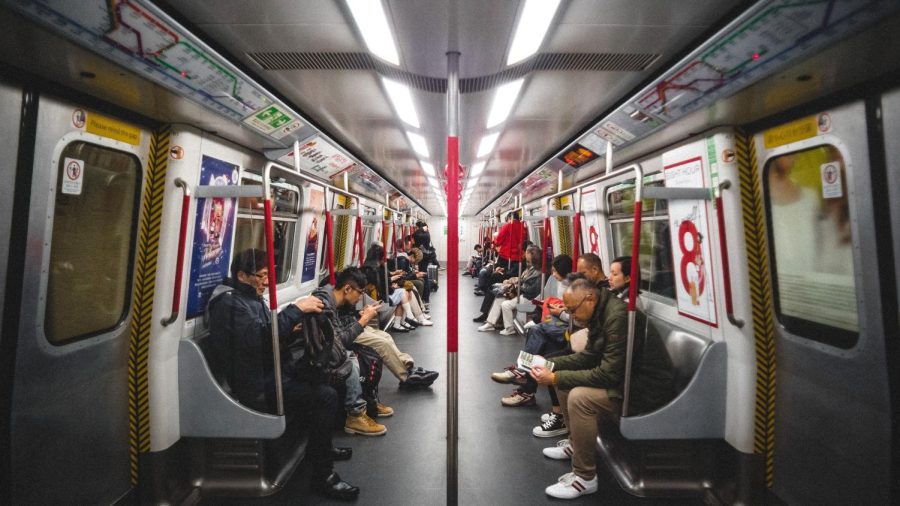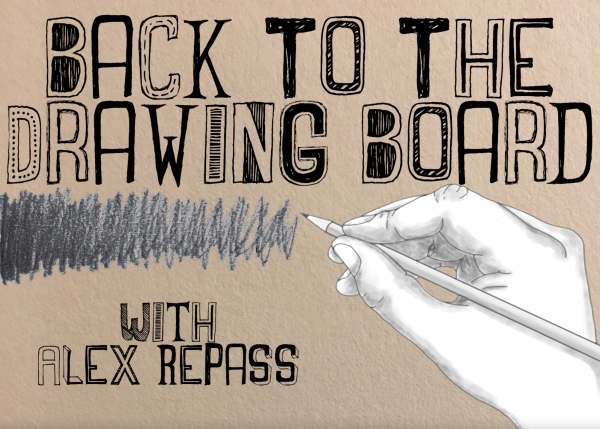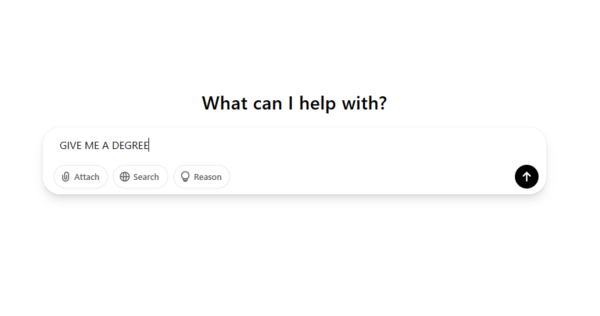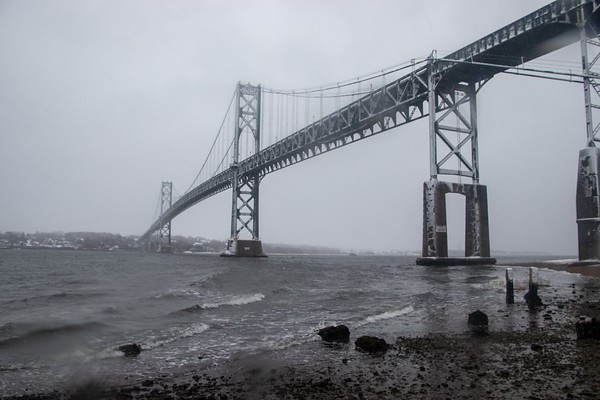A case for public transportation
Courtesy of JC Gellidon on Unsplash
Last November, the polarizing bipartisan infrastructure bill was signed into law worth $1.2 trillion.
The United States is one of the wealthiest and most developed countries in the world and has been the home of many innovations over the last century. Despite this, the country has definitely fallen behind in some things that the rest of the world excels in, such as public transportation. With a population taking nearly ten billion trips aboard public transit in 2019 and an industry employing over 448,000 people, you would think the U.S. could stand toe-to-toe with the likes of Europe and Asia when it comes to public transit systems, however, these regions are vastly superior.
France has, in addition to more bus lines and tram systems, the Grand Paris Express which boasts a 127-mile rail network with a projected ridership of two million passengers daily by 2026. In Russia, Moscow is working on 98 more miles of its metro system with the United Kingdom adding 73 more miles to London’s system. In China, rapid transit has increased exponentially since the 2000s while the US has only slightly increased at a steady rate. Clearly, our country has some catching up to do.
Last November, the polarizing bipartisan infrastructure bill was signed into law worth $1.2 trillion. $550 billion of this will be dedicated to improving roads, bridges and public transit over the next five years with $39 million being dedicated to improving and refurbishing over 29,000 buses, trains and their tracks. Additionally, Amtrak rails will be receiving a $66 billion refurbishment focusing on routes connecting Washington D.C. to Boston, Massachusetts.
Some cities across the country are already taking steps to promote public transit. In late 2019, New York City designated 14th street as a dedicated road for buses and trucks with minimal access from other vehicles. The goal here is to reduce the commuting times of passengers while increasing the use of public transit.
In Boston, three of the most popular Massachusetts Bay Transportation Authority (MBTA) buses are allowing riders to utilize the service for free over the next couple of years in an initiative funded by a multi-million-dollar relief fund the city received from the federal government.
I think it is safe to say that public transportation in the United States could still benefit from many modern improvements. With these steps being taken in the cities of Boston and New York, I can see the rest of the country following suit and allowing for better access, promotion and funding for what I see as a vital part of rejuvenating not just city culture but also reducing carbon emissions emanating from these major urban areas.

Sam Elwell is the Managing Editor for The Hawks' Herald who has also served as the Opinions Editor (2021-2022) as well as a staff writer (2020...






